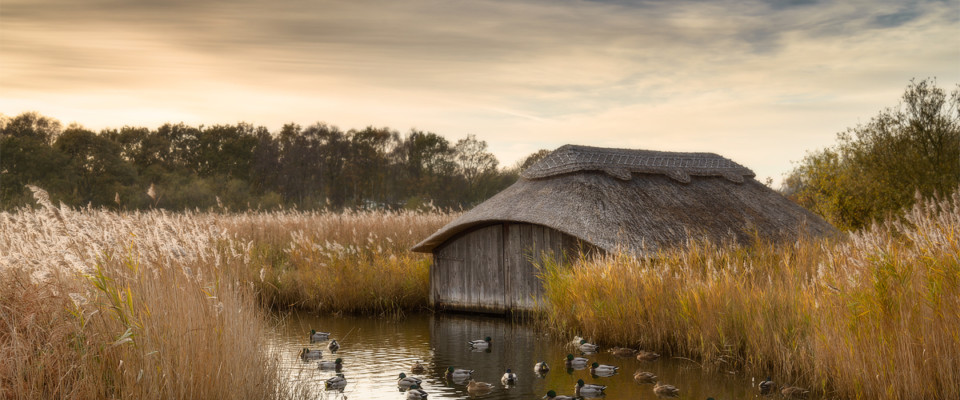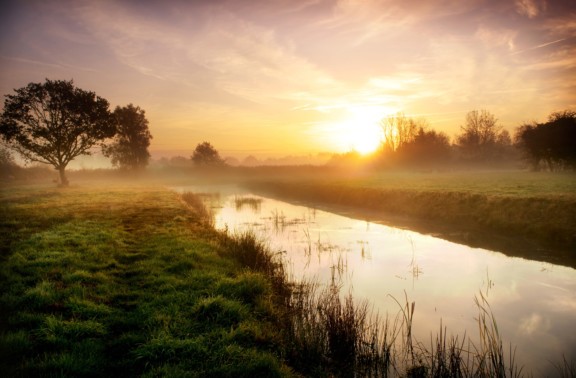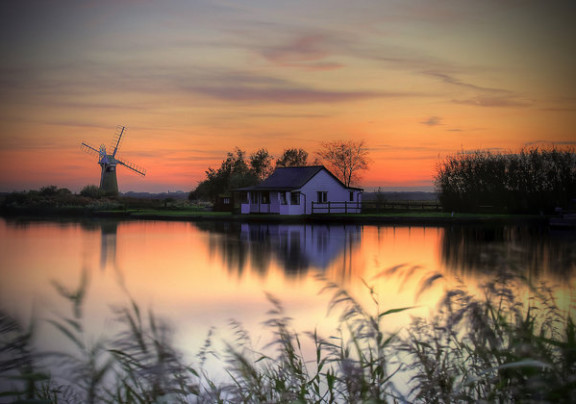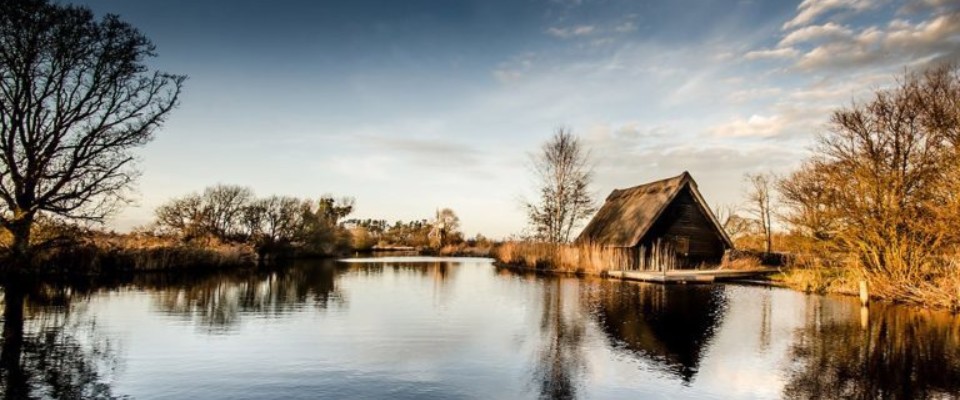The Broads National Park has a beautiful landscape that everyone associates with Norfolk. With the River Bure as the main artery, numerous inland lakes have been created over centuries where wildlife, nature and people thrive and rejoice.
With 28 Sites of Special Scientific Interest and nine national natural reserves the ‘Norfolk Broads’ is an area in the UK not to miss. It is a unique space and the largest protected wetland in Britain. Here are top things to do for walkers, nature lovers, keen boaters - well, for the whole family!
Hickling Broad Nature Reserve
Managed by the Norfolk Wildlife Trust, Hickling Broad is home to an impressive range of wildlife and best of all, it’s open all year round! Located on the River Thurne, it is the largest expanse of open water in the Broads and much of it can be enjoyed first hand thanks to the easily accessible boardwalks that take you around the reserve. The boardwalks also make it accessible for wheelchair users to fully appreciate and explore what the reserve has to offer. There is also a 60-foot tree tower, where you can enjoy unbeatable views of the surrounding landscape.
Walk the Wherryman's Way
Explore this stunning landscape on foot via this popular route that stretches for approximately 35 miles from Whitlingham Country Park. Here on the edge of the city of Norwich, you can walk along the bank of the River Yare and finish in the Norfolk coastal town of Great Yarmouth. Along the way you will pass scenic spots such as Rockland Broad, where you can take advantage of the bird hide and see which species you can spot throughout the year.
The riverside views are almost second to none and there are plenty of little detours you can take, which will lead you to villages and towns such as Loddon and Surlingham. There are also riverside pubs along the route, which serve freshly cooked meals and plenty of refreshments.
Hoveton Great Broad Nature Trail
One of the largest and most secluded broads in Norfolk is Hoveton Great Broad, which can be found approximately two miles to the southeast of Hoveton Village (Wroxham). The broad is closed to all boating traffic and there is no access to it on foot or by car, so to reach this tranquil spot you will need to travel by boat to the river bank and walk to it through the trees…
If you’re planning on hiring a boat for the day then you won’t have any trouble reaching the bank but if you would rather do most of the journey by car, you can still enjoy Hoveton Great Broad thanks to the ferry at Salhouse Broad, which can be found directly opposite (late autumn/ winter contact Salhouse Broad about the running of the ferry). Salhouse Broad boasts a good-sized car park and a scenic footpath that will lead you down to the water. Here you will find plenty of mooring spots, canoe hire and a ferry service, which runs regularly throughout the warmer seasons of the year.
For a small fee you will be able to quickly and easily access the entrance of the Hoveton Great Broad Nature Trail. This scenic trail will lead you through the woodland and eventually onto the edge of the broad itself, where you will be able to enjoy beautiful views of the still and undisturbed water.

The North Walsham & Dilham Canal
Discover the truly undisturbed beauty of the Broads by exploring where motorboats aren’t allowed to go. This is the only canal on the Norfolk Broads and is located towards the northern end of the Broads' river network. The only way to explore this almost untouched area is to bring your own or hire a canoe.
At Wayford Bridge you can hire a canoe where varied durations and routes are available but the route through the canal is the most recommended route to take for a peaceful afternoon paddle (contact them directly if canoes are available out of season). Once you’ve found the entrance to the canal, you can enjoy an incredibly peaceful few hours gliding silently through the water, with reeds and other plant life hanging over you. Due to the incredibly quiet atmosphere and lack of a noisy motor on your canoe, chances are that you will see some of the most elusive wildlife on the broads, which include otters and kingfishers.
Museum of the Broads
Just a short distance from Stalham, boasts many fascinating exhibits outlining the history of the largest wetland in the UK from the Roman era up to the 20th century. The exhibits showcase what life was like on the Broads, how many were formed and why. See collections of tools and some actual boats that were used for cargo transportation. Read and listen about how life changed for those working and living on the Broads throughout the centuries and gain a much better understanding of what has become one of the most popular tourist destinations in the UK. At the museum, there is also a café, a shop and plenty of activities for children to take part in.





